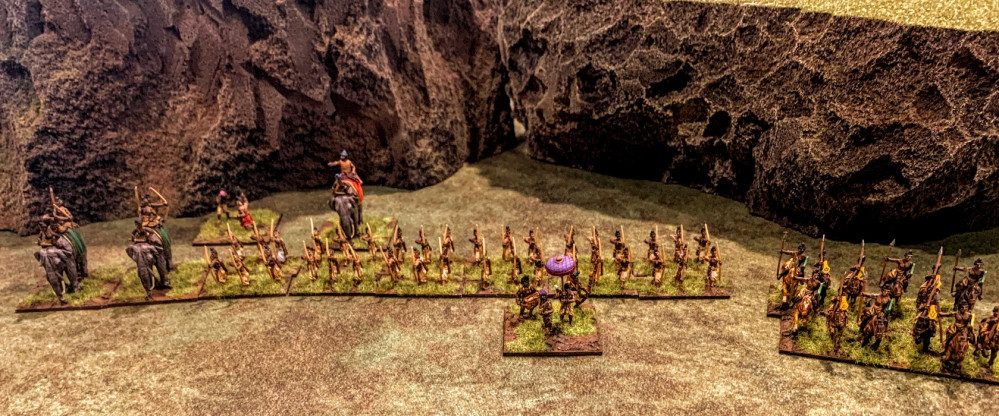
Classical Indians for MEG
A Pseudo Scientific Sermon on Indian Dirt & Basing Basics
A Less Than Scientific Examination of Indian Dirt
I have spent a perverse amount of time thinking about dirt if the course of my hobby career. I used to ask questions in forums like “what color is the dirt in France,” in an attempt to get the correct colored dirt for bases. When I went to a some years ago, Europe I even considered taking some dirt home with me, but settled on taking some pictures.
So what color is the dirt of India? I am going to give you some ideas on how to figure that out and how and why I think you can ignore the dirt science entirely.
Dirt is Geography and Geography is Dirt
India is a big place with a lot of terrain variety. The dirt is probably not the same in every Indian location. So what location should we focus on? I imagine my classical Indian army clashing with western armies. That clash of radically different cultures, soldiers, equipment, uniforms, etc. is what makes the army interesting to me, well that and the excuse to buy and paint lots of elephants (see my previous elephant focused post).
It probably makes the most sense to look at that area in the northeast of India between the Indus valley and the Hindu-Kush mountains, where Alexander did his thing.
I am not a geologist or dirtoligist, but I am guessing the dirt has not changed much in just a few thousand years in most regions. So now off to google maps to “travel” to India.
At the satellite level, we can see there are some reddish patches, maybe indicating some clay in the soil, but mostly a sandy light beige. However when we zoom in and look at the street view in the Indus valley, even the reddish parts, look like a light sandy beige color, which is sometimes pinkish.
Ignoring the Research
With all that “research” done, I pretty much ignored it completely.
I do try to pay attention to “accuracy” on historical projects but in the end, I am always making something inspired by history. I am not writing a peer-reviewed academic history paper. Although I wouldn’t try to paint tartans on my Indians, even if I had the skill because it would be way too wrong, I’m comfortable bending the rules, and I do not get as worked up dirt as I used to.
Here is why I went with what I did:
- There was going to be a lot of off-while in the army already and I felt needed contrast.
- I had some reddish-brown basing stuff on hand.
- I had recently done some Age of Chariots 15mm armies (Egyptians and Hittites) and was sick of sandy off white bases.
- It just looked better to me.
The moral here, if there is one, is to not sweat the minutia of historical miniatures unless you really want to. The research can be part of the fun, but in the end if it looks good to you, that is all that matters. I came by this lesson painfully over the years. I was often paralyzed by the feeling that I had to make every detail perfect.
That’s the end of my preaching for this one.
Basics of the Basing Process
I use the Vallejo texture produces for most things I base. Here is the process I’m using on this army:
- Apply Vallejo Brown Earth texture.
- Dry brush with an off white, I use whatever I have handy, sometimes GW tyrant skull.
- Wash with Agrax Earthshade
- Apply 2mm static grass flock.
- Clean up the base edges if need be with a dark brown.
For the bases themselves I am using 1.5mm plywood from Litko, they are a provider of such things based in the U.S. similar to Warbases in the U.K. I prefer 1.5mm to 3mm for the thickness. The shorter bases are less noticeable and if I want to add a metal or magnetic layer to it later, it won’t get too thick.
I am going with DBx style basing, as people as old as me call it, 40mm frontage, 20mm depth for loose foot & skirmishers.
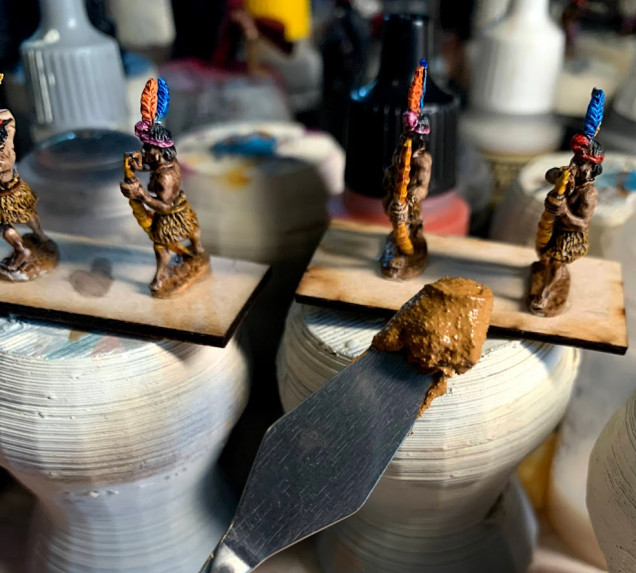 I apply the texture with a pallet knife or toothpick. You can get pallet knives from Amazon or art stores. They have many uses.
I apply the texture with a pallet knife or toothpick. You can get pallet knives from Amazon or art stores. They have many uses.






























![How To Paint Moonstone’s Nanny | Goblin King Games [7 Days Early Access]](https://images.beastsofwar.com/2024/12/3CU-Gobin-King-Games-Moonstone-Shades-Nanny-coverimage-225-127.jpg)









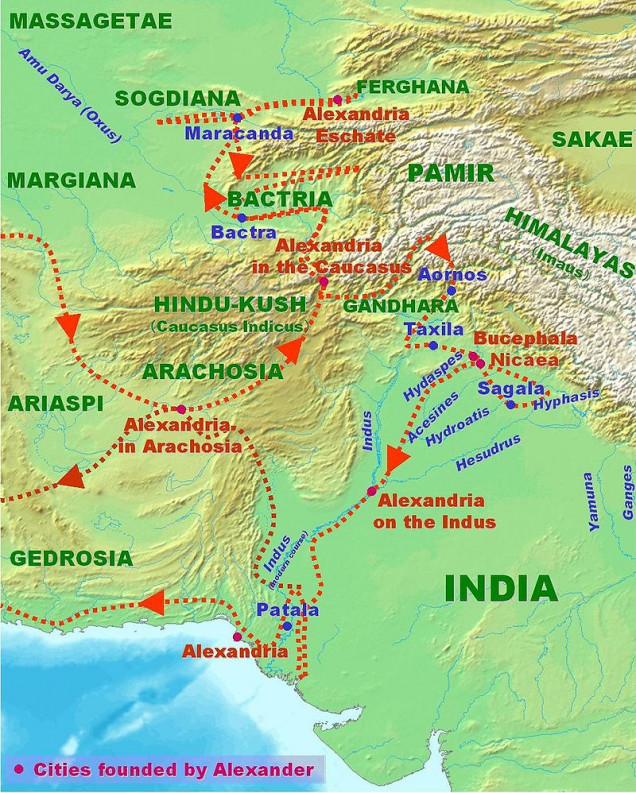
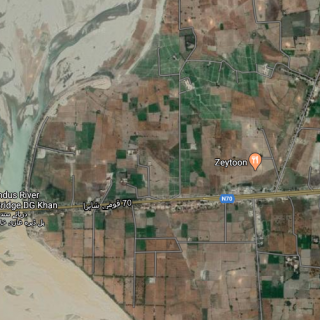
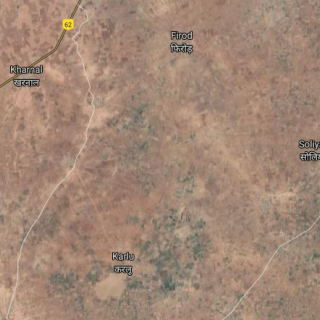
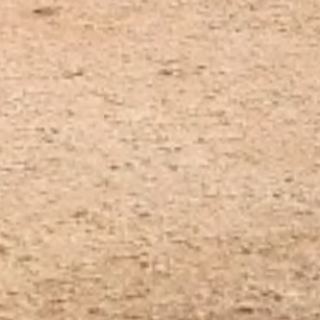
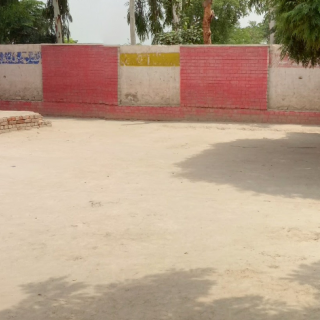

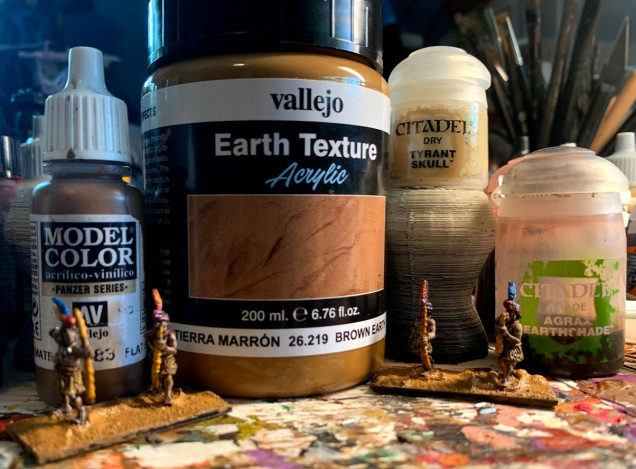
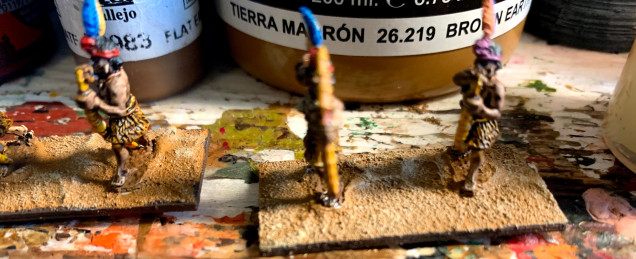
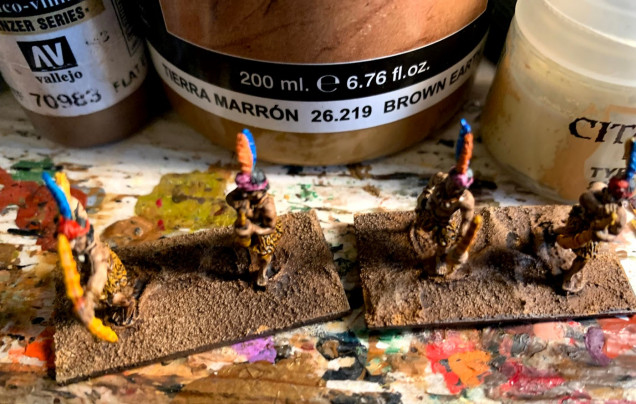
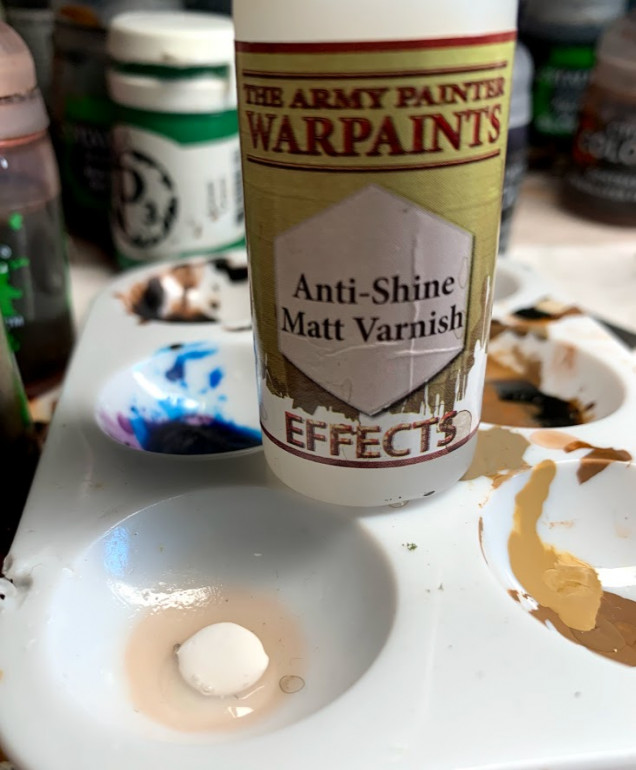
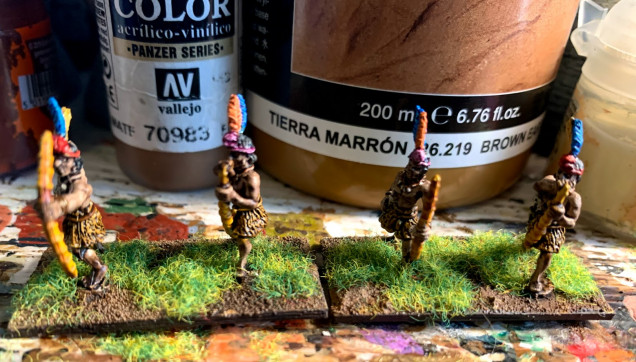































Leave a Reply